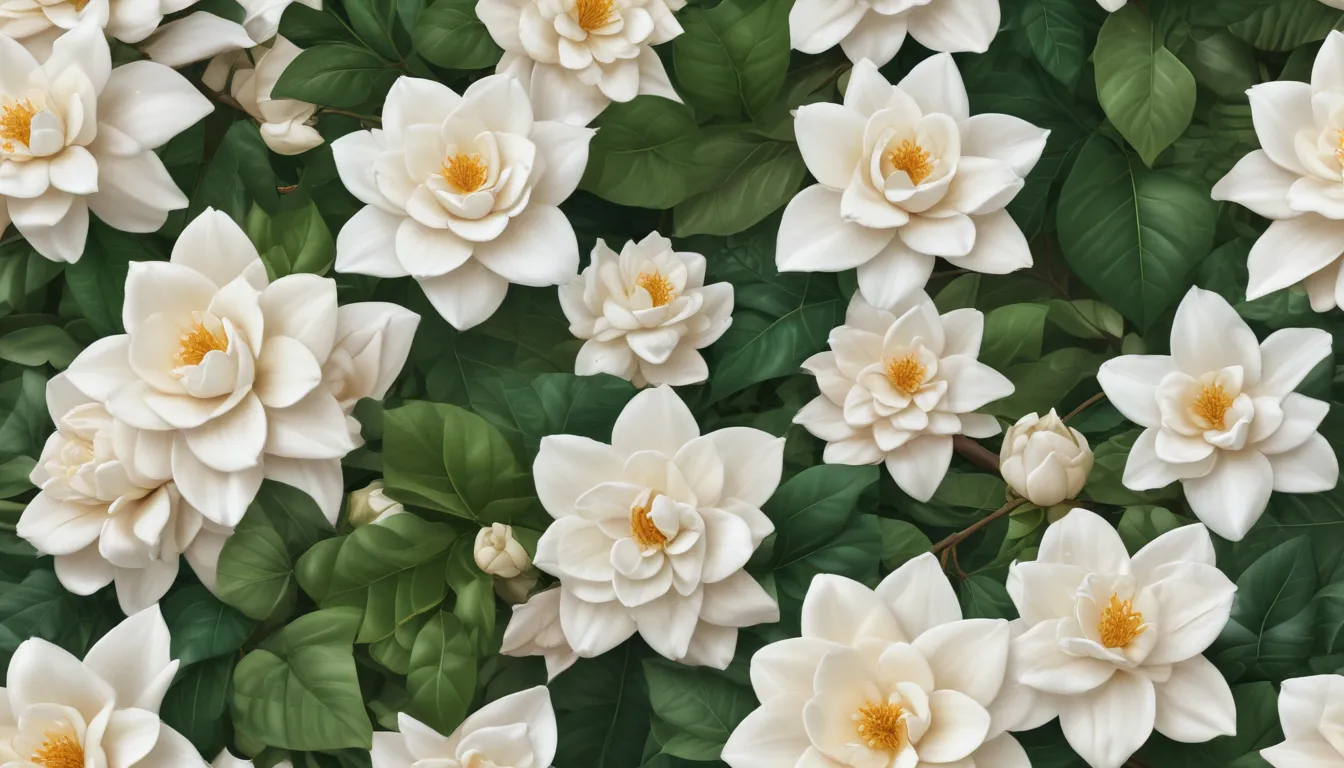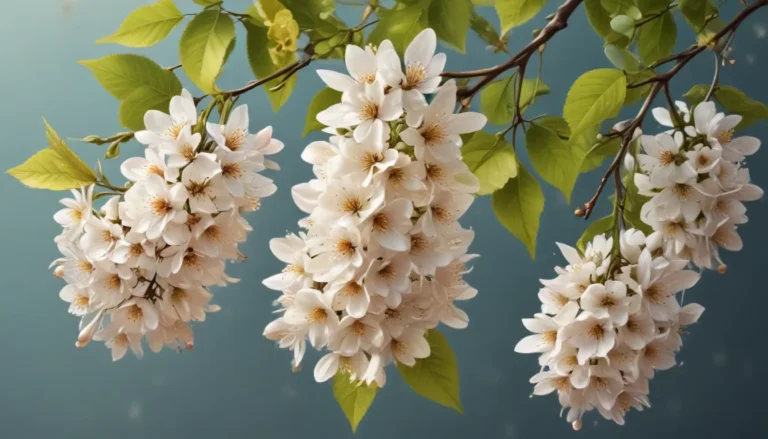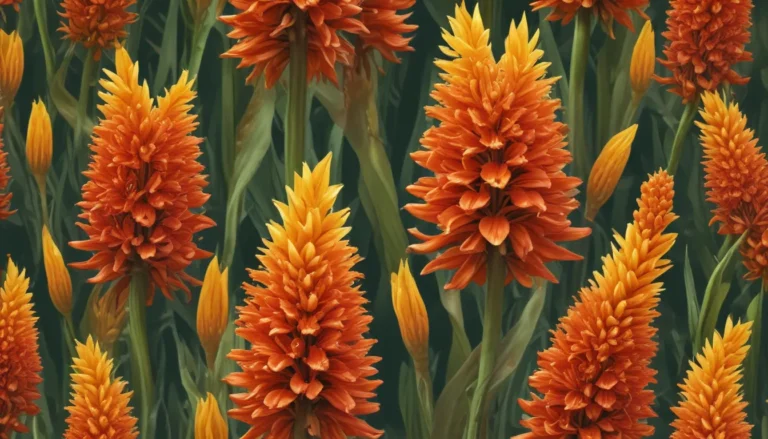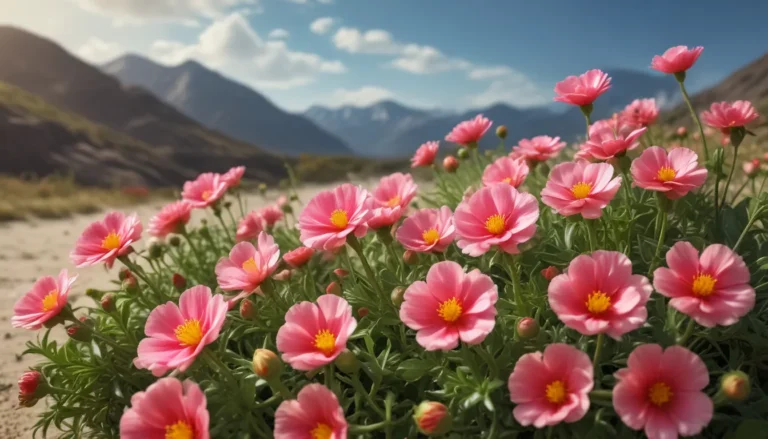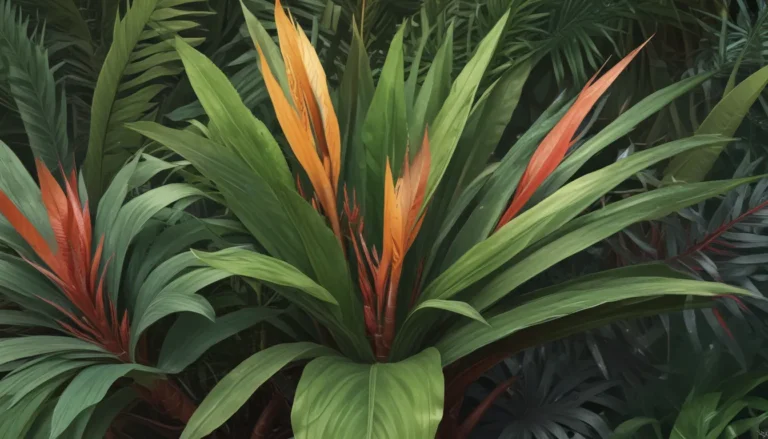The pictures we use in our articles might not show exactly what the words say. We choose these pictures to make you interested in reading more. The pictures work together with the words but don’t take their place. The words still tell you the important facts.
Welcome to the captivating world of gardenias, where beauty and fragrance intertwine to create a mesmerizing experience for both garden enthusiasts and flower lovers. Native to tropical and subtropical regions, gardenias have a rich history dating back centuries. In this article, we will unearth 17 unbelievable facts about these remarkable plants that will leave you in awe of their extraordinary nature. So, grab a cup of tea, relax, and prepare to embark on a journey filled with surprises and wonder as we explore the secrets of the gardenia plant.
Unveiling the Beauty of Gardenias: Key Takeaways
- Gardenias boast over 200 species, renowned for their exquisite fragrance and use in perfumes, symbolizing love and purity, making them popular for gifts and floral arrangements.
- These stunning plants require acidic soil, bright light, and regular care to flourish, offering a long blooming season and even the possibility of creating herbal tea for a calming effect.
Evoking Dreams of Paradise: The Tropical and Subtropical Origins of Gardenias
Gardenias, known for their alluring blossoms, thrive in warm climates typically found in regions such as Asia, Africa, and the Pacific Islands. Their exotic origins add to the allure and mystique surrounding these enchanting flowers.
A Tribute to Botanical Brilliance: Alexander Garden and the Gardenia Genus
The Gardenia genus pays homage to Alexander Garden, a Scottish physician and botanist whose contributions to botanical research led to the recognition of these stunning plants. His legacy lives on through the beauty of the gardenia.
Cultural Treasures: The Reverence for Gardenias Across the Globe
In many Asian cultures, gardenias hold deep cultural significance, symbolizing purity, love, and good luck. These flowers are integral to religious ceremonies, weddings, and traditional rituals, showcasing their timeless allure.
A Diverse Tapestry of Beauty: Exploring the Many Species of Gardenias
With over 200 different species, the Gardenia genus offers a diverse range of characteristics, from variations in flower color and shape to fragrance. Each species tells a unique story of nature's creativity and beauty.
Nurturing Beauty from the Ground Up: The Importance of Acidic Soil for Gardenias
Gardenias thrive in acidic soil with a pH level between 5.0 and 6.0, essential for maintaining lush green leaves and promoting abundant blooms. The soil sets the foundation for these plants to flourish in all their glory.
Fragrance Fit for Royalty: The Scent-Sational Appeal of Gardenias in Perfumes
The intoxicating aroma of gardenias has made them a sought-after ingredient in perfumes and scented products. Their sweet, floral scent adds a touch of luxury and elegance to a wide range of fragrances, captivating the senses.
A Love Affair with Nature: Embracing Gardenias in Gardens and Landscapes
Gardenias are beloved by passionate gardeners for their elegant appearance and heavenly fragrance. They bring a touch of sophistication and charm to any garden or landscape, creating a serene ambiance that delights the soul.
Shining Stars of the Plant World: The Glossy Beauty of Gardenia Leaves
The glossy, dark green leaves of gardenia plants exude elegance and sophistication. Their shiny, waxy texture provides a striking contrast to the vibrant white or yellow flowers, creating a visual feast for the eyes.
Moths in the Moonlight: The Dance of Pollination in Gardenias’ Natural Habitat
In their native environment, gardenias rely on nocturnal moths for pollination. These ethereal creatures are drawn to the fragrant flowers, playing a vital role in the plant's reproductive cycle and ensuring the continuation of their beauty.
Bringing the Outdoors In: The Art of Growing Gardenias Indoors
With proper care and attention, gardenias can thrive as indoor plants, bringing their beauty and fragrance into your home. They require bright, indirect light, consistent humidity, and regular watering to flourish indoors, adding a touch of nature to indoor spaces.
Healing Petals: Exploring the Medicinal Uses of Gardenias in Traditional Medicine
Gardenias have been valued for their medicinal properties in various cultures, used to treat inflammation, reduce anxiety, and serve as herbal remedies for certain ailments. Their healing powers offer a natural solution for wellness and wellbeing.
Endless Blooms: The Long Blooming Season of Gardenias
Gardenias grace us with their blossoms from late spring to early summer, with some varieties continuing to bloom throughout the year under favorable conditions. Their enduring beauty brightens the landscape and brings joy to all who behold them.
Battling Adversaries: Pests and Diseases That Challenge Gardenias
Gardenias face threats from common pests like aphids, whiteflies, and mealybugs, as well as diseases such as root rot and powdery mildew. Vigilance and proper care are essential to protect these plants and ensure their health and vitality.
A Feast for the Senses: The Timeless Elegance of Gardenias in Floral Arrangements
The timeless beauty and enchanting fragrance of gardenias make them a popular choice for floral arrangements and bouquets, adding a touch of elegance and sophistication to special occasions and events. Their presence elevates any setting, capturing hearts and imaginations.
A Sip of Serenity: Discovering the Herbal Tea Potential of Gardenias
Certain gardenia species offer petals that can be dried and brewed into a delicate and fragrant herbal tea, known for its calming properties. This soothing elixir provides a moment of tranquility and relaxation, a gift from nature to nurture the soul.
Love in Full Bloom: The Heartfelt Symbolism of Gardenias
Gardenias are tokens of love, purity, and deep emotions, offering a tender expression of affection and appreciation. These flowers symbolize the beauty of heartfelt connections and the enduring power of love in all its forms.
The Common Charm: Embracing Gardenia Jasminoides as a Cultivated Favorite
Gardenia jasminoides, also known as the common gardenia, stands out as the most widely cultivated species, coveted for its elegant white flowers and enchanting fragrance. Its popularity reflects the universal appeal and enduring charm of gardenias in the hearts of many.
Embrace the Beauty: Gardenias in Your Garden
In conclusion, gardenias are captivating plants with a rich history and a myriad of fascinating traits that enchant and inspire. Whether you're a novice gardener or a seasoned enthusiast, adding gardenias to your garden can bring beauty and sophistication to your outdoor oasis. Let these stunning flowers grace your landscape and infuse your surroundings with the magic and allure of gardenias.
FAQs: Your Gardenia Guide
Q: How often should I water my gardenia plant?
A: Gardenias thrive in moist soil, so it's crucial to water them regularly, especially during hot and dry periods. Keep the soil consistently damp to ensure optimal growth without causing root rot.
Q: Can gardenias be grown indoors?
A: Yes, gardenias can flourish indoors with proper care. Provide them with bright, indirect light and maintain a consistent temperature range of 65-75°F (18-24°C). Increasing humidity levels indoors through a humidifier or water tray can enhance their growth.
Q: How do I propagate gardenias?
A: Gardenias can be propagated through stem cuttings. Take a 4-6 inch cutting from a healthy plant, remove lower leaves, apply rooting hormone, and plant in well-draining soil. Keep the soil moist until roots develop for successful propagation.
Q: Why are my gardenia leaves turning yellow?
A: Yellow leaves on gardenias can result from overwatering, underwatering, nutrient deficiencies, or pest infestations. Check your watering routine, inspect for pests, and consider using a slow-release, acid-loving fertilizer to address the issue.
Q: Do gardenias require pruning?
A: Light pruning is beneficial for gardenias to maintain their shape and remove dead or diseased branches. Prune gardenias in early spring before new growth emerges, avoiding heavy pruning to preserve bloom production for the following season.
Gardenias enchant with their fragrance and beauty, captivating hearts and minds with their unique allure. Dive into the world of gardenias, where each petal whispers a tale of nature's artistry and grace. Join us in celebrating the exquisite gardenia and let its splendor inspire your gardening journey with a touch of magic and elegance.
